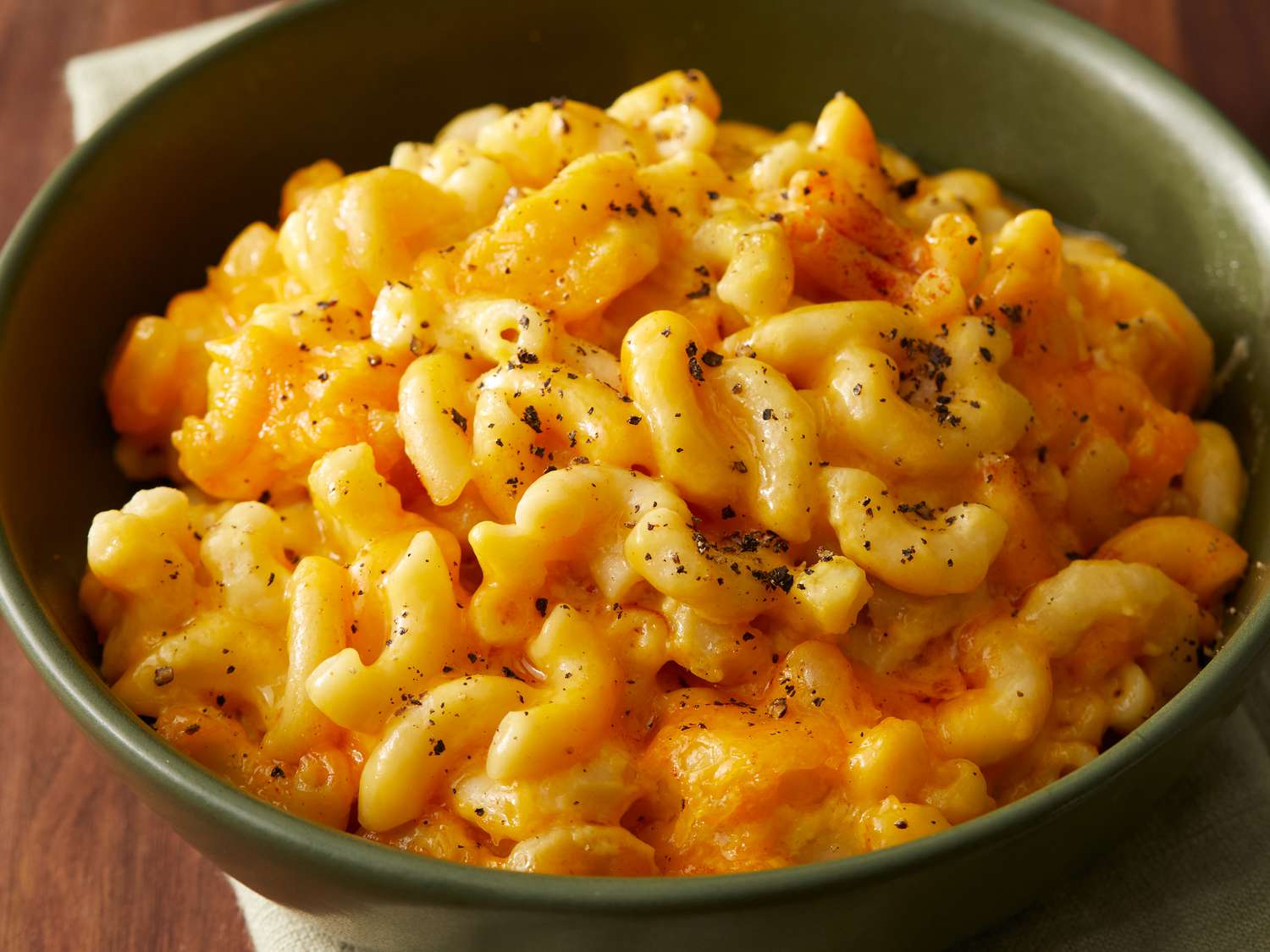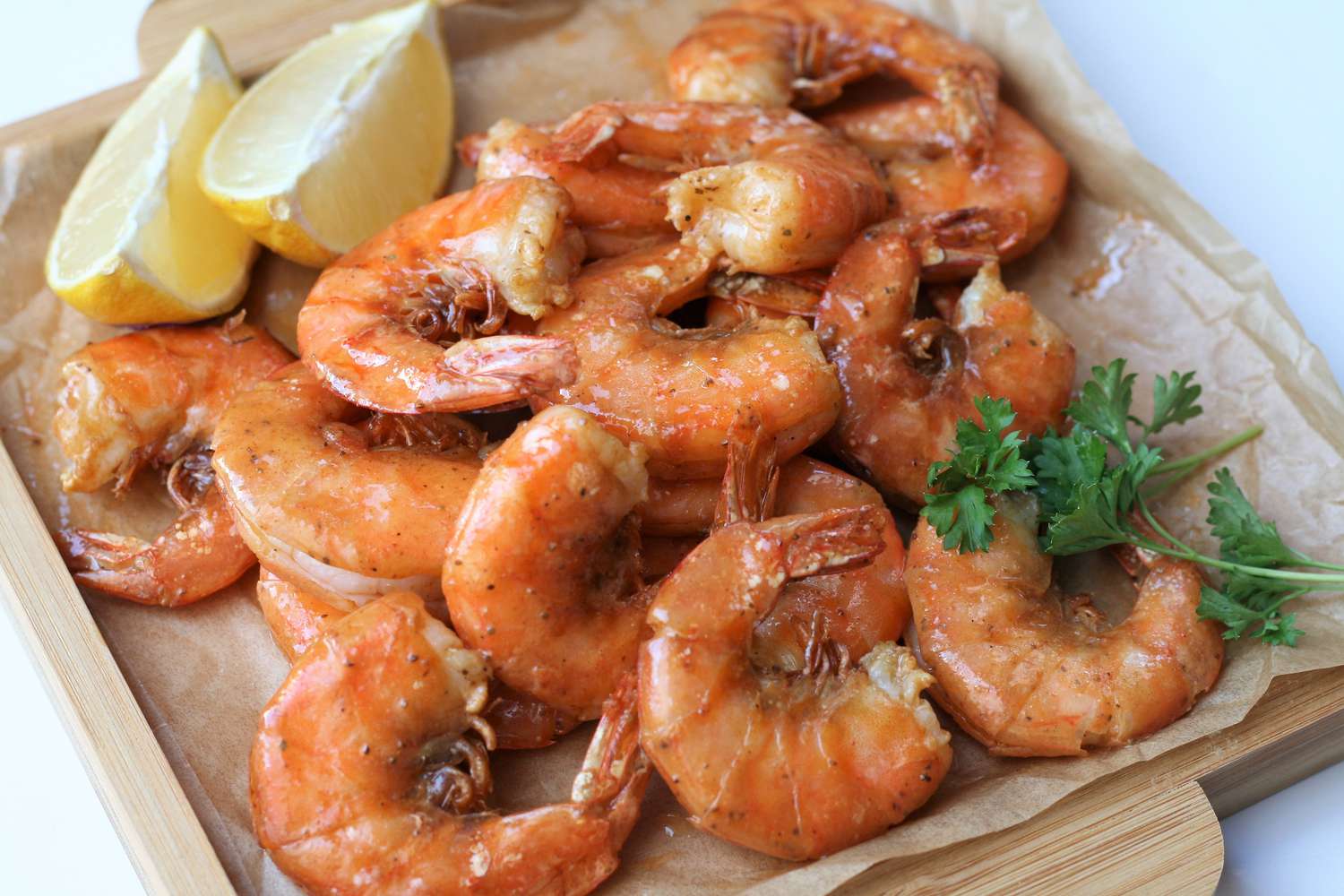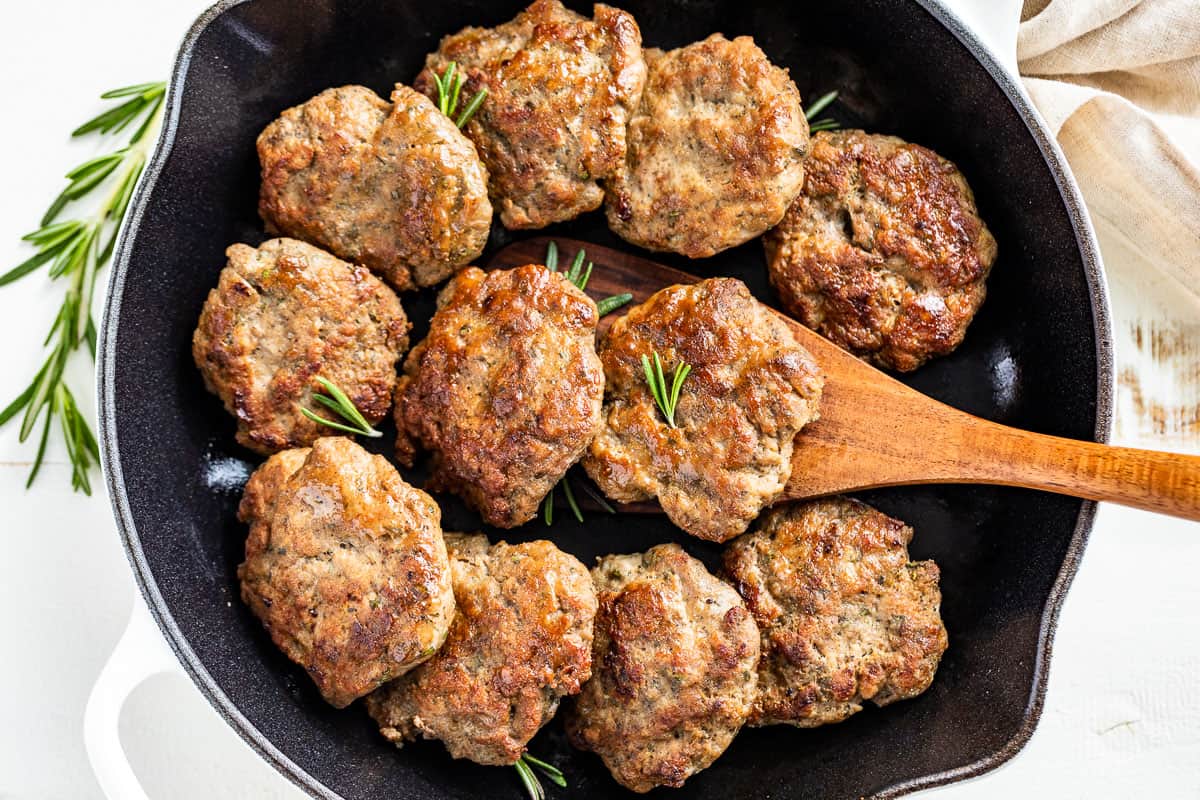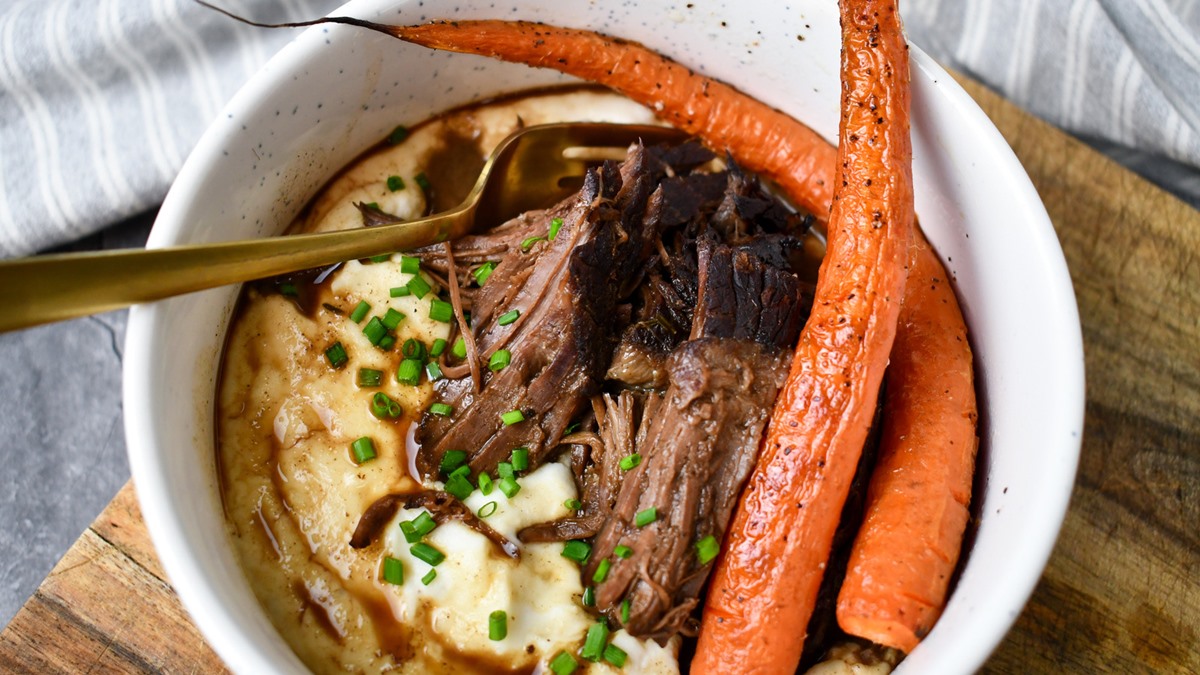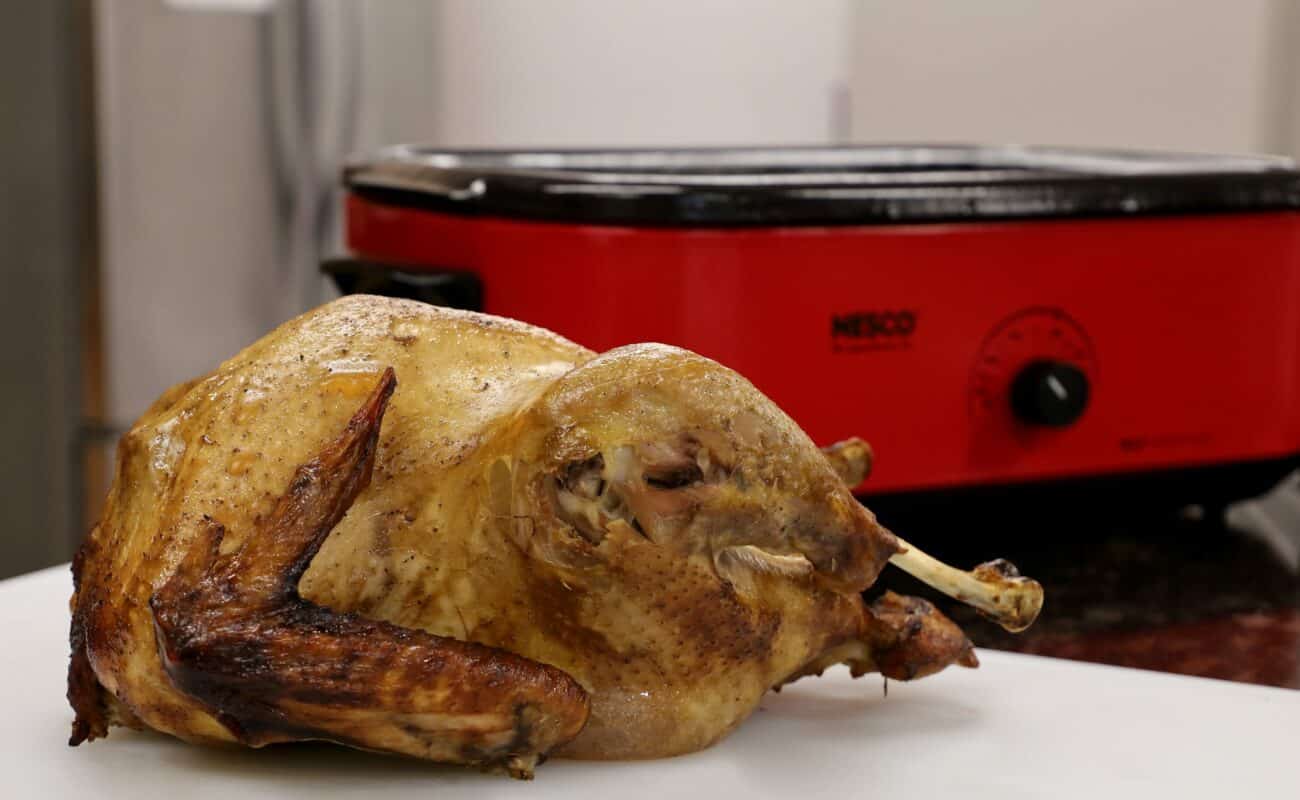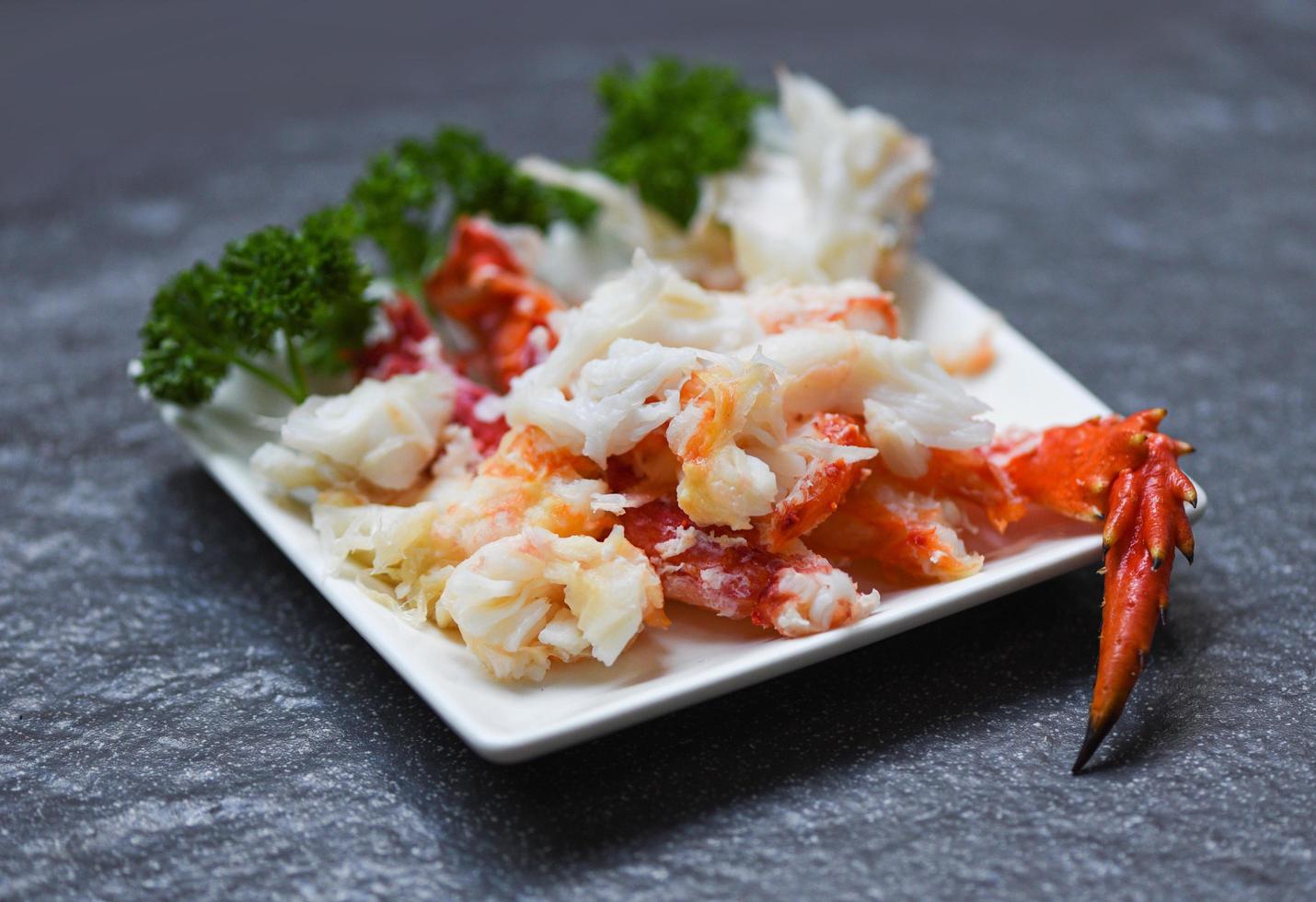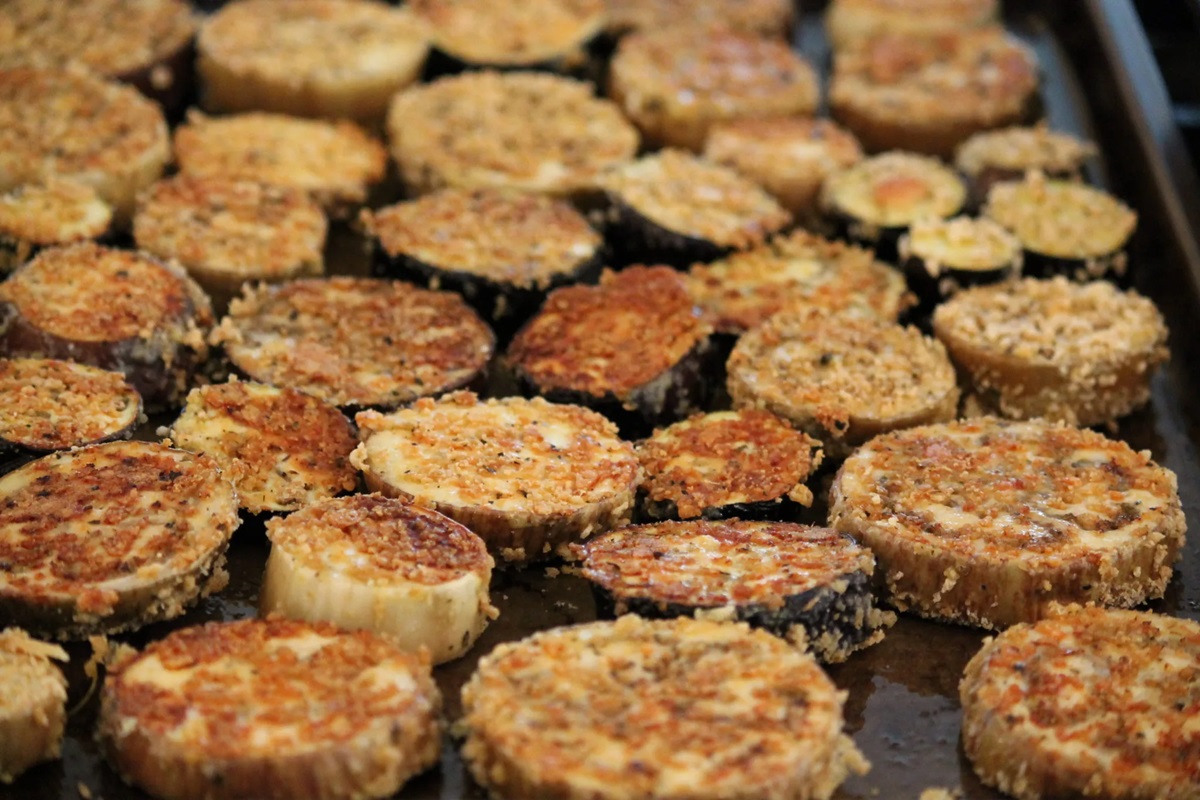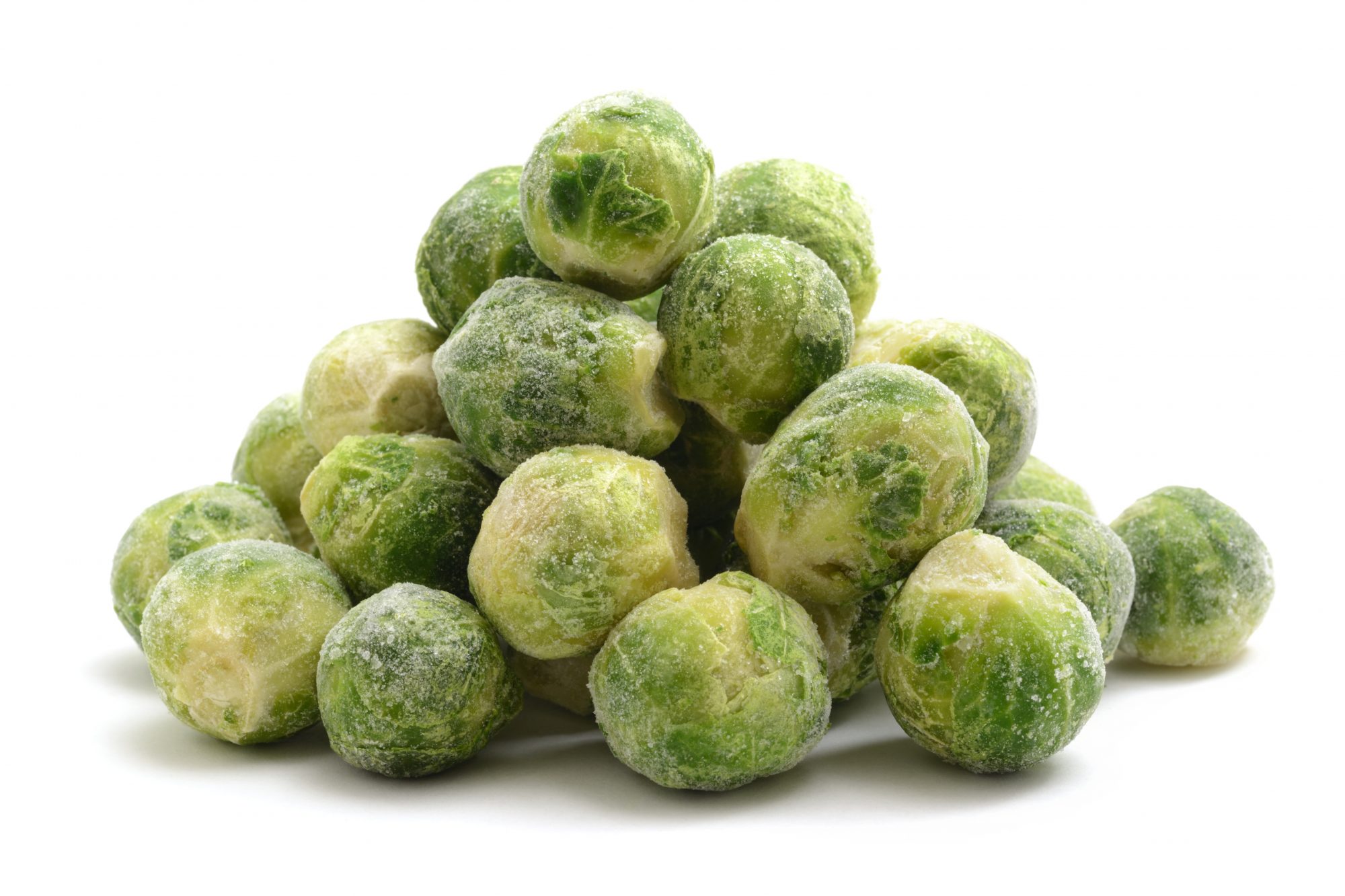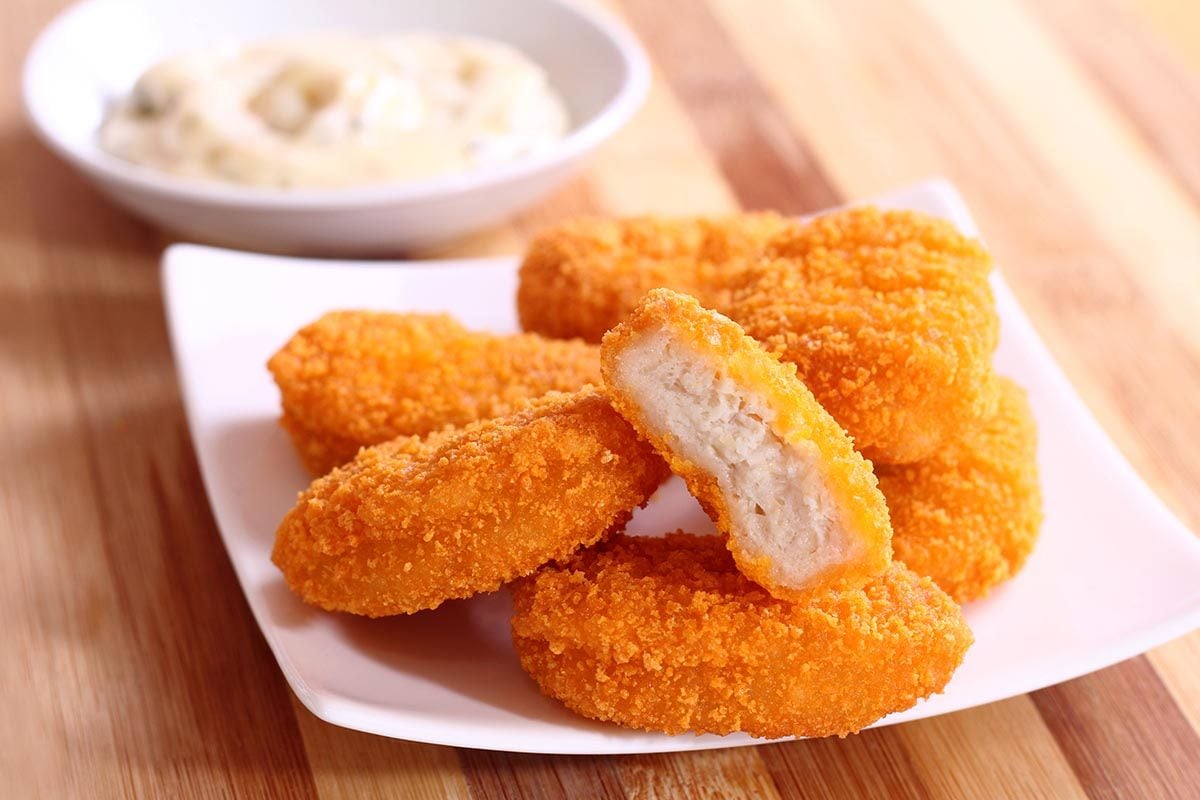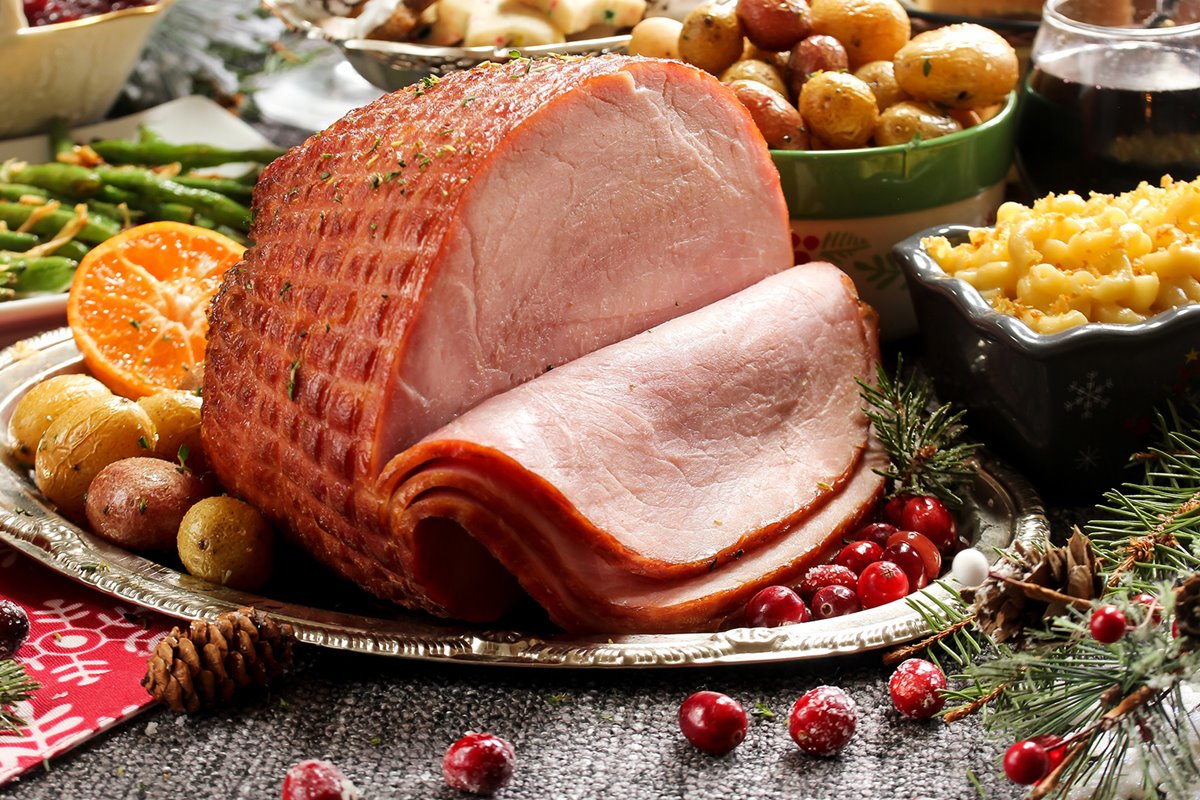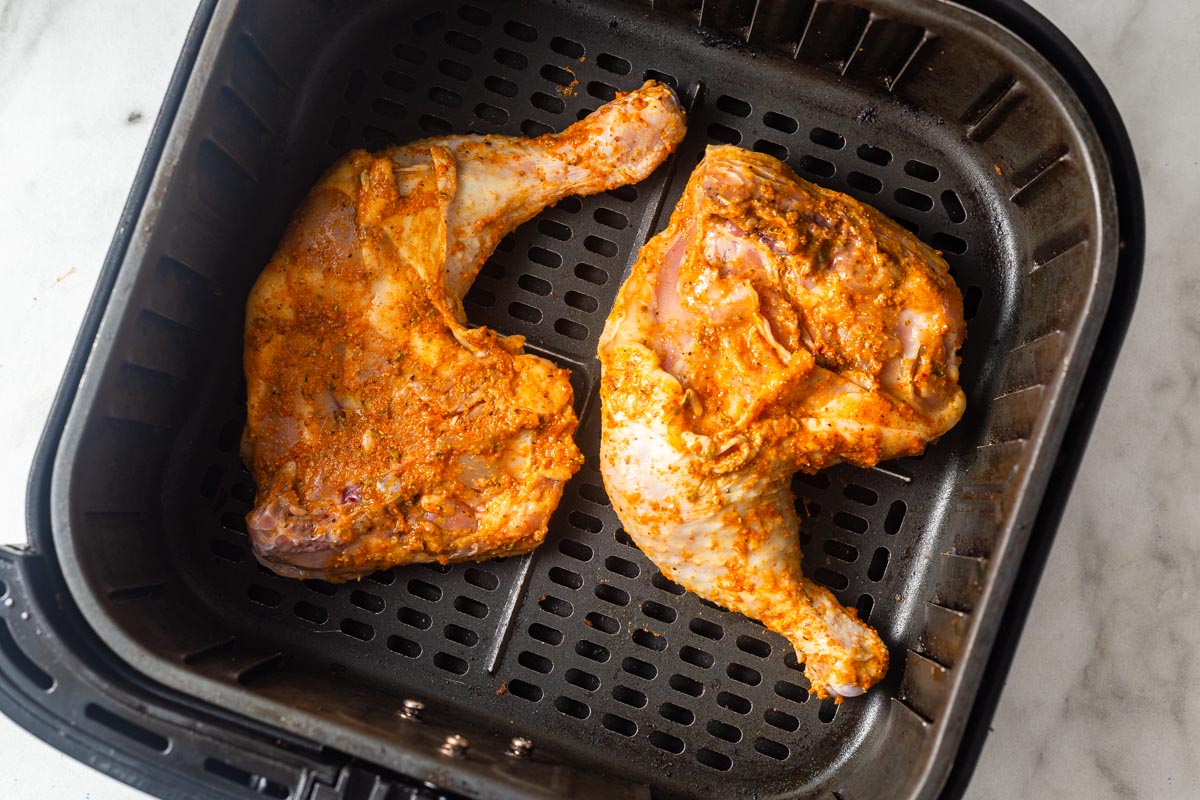Asian sweet potatoes, with their unique flavor and nutritional benefits, have become a favorite ingredient in kitchens around the world. Cooking these vibrant tubers can seem intimidating at first, but with a few simple techniques, anyone can transform them into delicious dishes. Whether you're roasting, boiling, or incorporating them into more complex recipes, Asian sweet potatoes offer a versatile base that complements a wide range of flavors. This guide will walk you through the basics of selecting, preparing, and cooking Asian sweet potatoes, ensuring your culinary creations are both nutritious and tantalizing to the taste buds.
Essential Ingredients for Your Asian Sweet Potato Dish
- 2 Asian sweet potatoes, medium-sized
- 1 tablespoon olive oil
- Salt, to taste
- Pepper, to taste
- 2 cloves garlic, minced
- 1 teaspoon honey
- 1 tablespoon soy sauce
- 1 teaspoon sesame oil
- 2 tablespoons green onions, chopped
- 1 teaspoon sesame seeds
Must-Have Tools for Crafting the Perfect Asian Sweet Potatoes
- Sharp knife
- Cutting board
- Baking sheet
- Parchment paper (optional, for easier cleanup)
- Fork or skewer (for testing doneness)
- Oven mitts
- Spatula
Asian sweet potatoes, with their unique flavor, benefit from roasting or steaming. These methods highlight their sweetness and creamy texture, making them a delightful addition to any meal.
The Secret Behind Cooking Asian Sweet Potatoes
Asian sweet potatoes, with their unique flavor and nutritional benefits, offer a delightful twist to traditional recipes. Rich in vitamins, fiber, and antioxidants, they support a healthy diet. Cooking them enhances their natural sweetness, making them a versatile ingredient for various dishes. Their popularity stems from both their health advantages and delicious taste.
Understanding how to cook these tubers properly can unlock their full potential, offering a culinary experience that's both satisfying and beneficial. Whether roasted, boiled, or steamed, each method brings out a different aspect of their flavor profile, catering to diverse palates and dietary needs. This knowledge encourages culinary exploration and healthier eating choices.
Your Ultimate Guide to Cooking Asian Sweet Potatoes
-
Selecting Asian Sweet Potatoes
- Look for firm, smooth-skinned potatoes without any cuts or bruises.
-
Washing
- Rinse thoroughly under running water to remove dirt.
- Use a brush if necessary to clean the skin.
-
Prepping
- Dry with a towel.
- Cut off any blemishes or rough spots.
- Slice, dice, or keep whole, depending on the cooking method.
-
Boiling
- Place in a pot and cover with water.
- Add a pinch of salt.
- Bring to a boil, then simmer until tender, about 15-20 minutes for cubes or 30-40 minutes for whole potatoes.
- Drain and serve.
-
Steaming
- Fill a pot with a couple of inches of water and bring to a boil.
- Place potatoes in a steamer basket above the water.
- Cover and steam until tender, about 30 minutes for whole potatoes.
- Remove and serve.
-
Baking
- Preheat oven to 400°F (200°C).
- Prick potatoes with a fork.
- Place on a baking sheet and bake until tender, about 45-60 minutes.
- Serve warm.
-
Roasting
- Preheat oven to 425°F (220°C).
- Cut potatoes into even-sized pieces.
- Toss with oil, salt, and any desired seasonings.
- Spread on a baking sheet in a single layer.
- Roast, turning occasionally, until golden and tender, about 25-30 minutes.
-
Microwaving
- Prick whole potatoes several times with a fork.
- Place on a microwave-safe plate.
- Microwave on high for 5-8 minutes, turning halfway through.
- Let stand for a few minutes before serving.
-
Frying
- Slice into thin pieces or wedges.
- Heat oil in a pan over medium-high heat.
- Fry in batches until golden and crispy, about 3-4 minutes per side.
- Drain on paper towels and season with salt.
-
Grilling
- Preheat grill to medium-high heat.
- Slice potatoes into 1/2-inch thick rounds.
- Brush with oil and season.
- Grill, turning occasionally, until charred and tender, about 10-15 minutes.
-
Storing Cooked Asian Sweet Potatoes
- Allow to cool completely.
- Store in an airtight container in the refrigerator for up to 5 days.
- Reheat in the oven, on the stove, or in the microwave until warmed through.
Mastering Asian Sweet Potato Dishes
Cooking Asian sweet potatoes is a journey worth taking for any food enthusiast. These tubers, with their unique sweetness and versatility, can transform into a variety of dishes that'll impress anyone. Whether you're roasting, boiling, or incorporating them into soups and desserts, the key is to embrace their natural flavor and texture. Remember, patience is your friend when it comes to achieving that perfect softness and sweetness. Experimenting with spices and cooking methods can also unlock new dimensions of taste. So, don't be afraid to step out of your comfort zone and try something new. With each attempt, you're not just making food; you're crafting experiences that bring people together. Keep these tips in mind, and soon, you'll master the art of cooking Asian sweet potatoes, making meals that are not just nourishing but also a delight to the senses.
For those looking to experiment with Asian sweet potatoes, a great starting point is the Roasted Asian Sweet Potatoes Recipe. This method brings out the natural sweetness and provides a crispy texture that can be a hit at any meal. Another excellent choice is the Steamed Asian Sweet Potatoes Recipe, which offers a soft, moist alternative that's perfect for a healthy side dish. For a unique twist, the Asian Sweet Potato and Black Bean Tacos Recipe combines flavors in a way that's both surprising and delicious. Finally, the Sweet Potato Pie with Asian Sweet Potatoes Recipe is a must-try for dessert lovers looking to add an Asian flair to a classic comfort food.
All Your Questions About Asian Sweet Potatoes Answered
What makes Asian sweet potatoes different from other sweet potatoes?
Well, Asian sweet potatoes have a unique flavor and texture. They're known for their purplish-red skin and white or pale yellow flesh. When cooked, they become incredibly sweet, with a chestnut-like flavor. Their texture is drier and firmer than their orange counterparts, making them perfect for both savory and sweet dishes.
How do I pick the best Asian sweet potatoes at the store?
Look for ones that feel firm to the touch and have smooth, unblemished skin. Avoid any with soft spots or signs of sprouting. Size doesn't affect the taste, so just choose based on your needs.
What's the best way to store Asian sweet potatoes?
Keep them in a cool, dark place like a pantry. Avoid refrigerating them, as cold temperatures can change their texture and taste. Properly stored, they can last several weeks.
Can I cook Asian sweet potatoes the same way as regular sweet potatoes?
Absolutely! They're versatile and can be baked, boiled, steamed, or fried. However, due to their firmer texture, cooking times might be slightly longer. Experimenting with different methods is part of the fun.
What are some simple ways to prepare Asian sweet potatoes?
Roasting them with a bit of oil and salt is a simple yet delicious method. You can also try mashing them for a unique side dish or cutting them into fries. For something sweet, baking them whole and adding a touch of honey or maple syrup is a treat.
Are Asian sweet potatoes healthy?
They sure are. Packed with vitamins, minerals, and fiber, they're a nutritious addition to any meal. Plus, their natural sweetness satisfies cravings without added sugars.
Any tips for first-timers cooking Asian sweet potatoes?
Don't be afraid to experiment. Their unique flavor and texture can enhance a variety of dishes. Start with simple recipes to appreciate their taste, then get creative as you become more familiar with them.
Was this page helpful?
Read Next: How To Cook Store Bought Boudin
